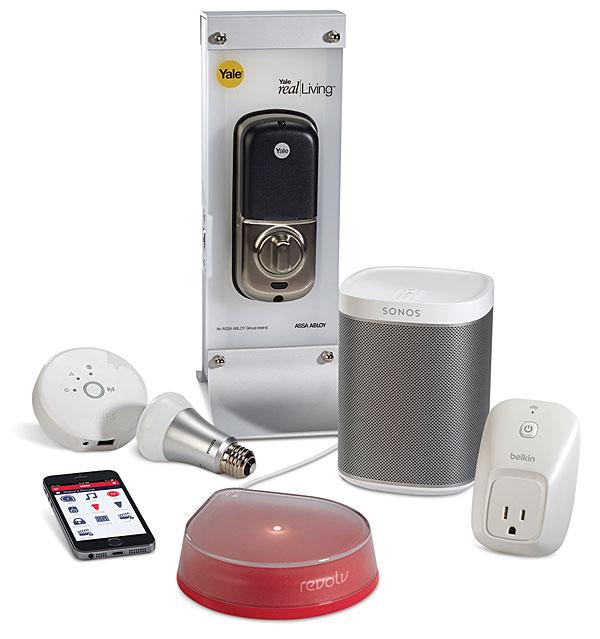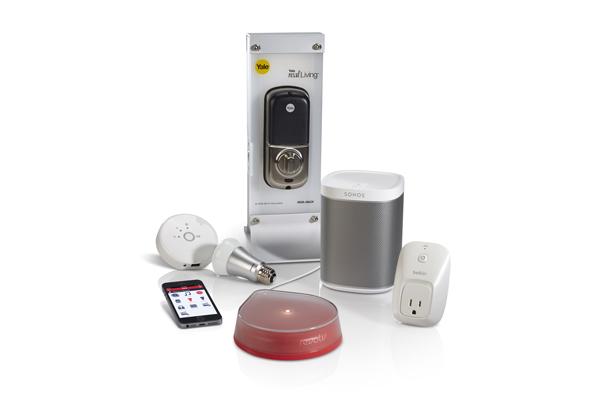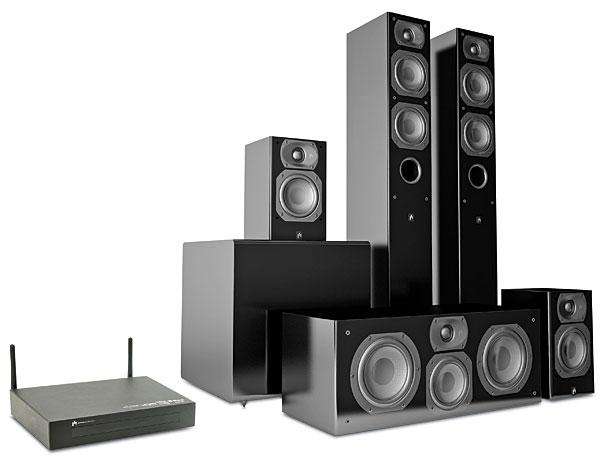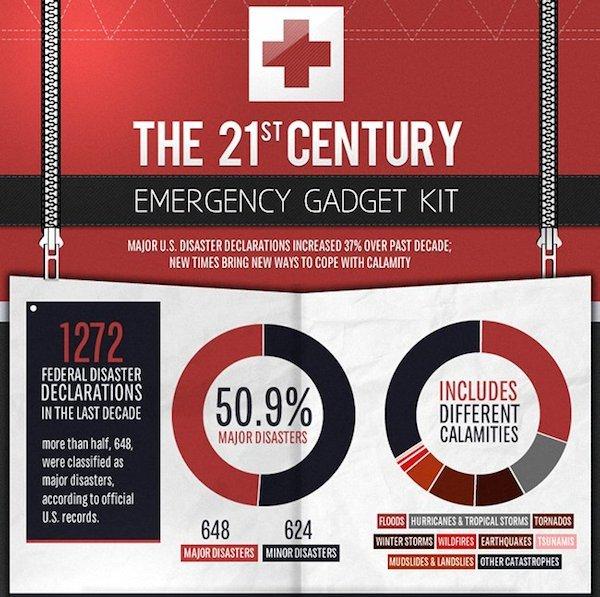Darryl Wilkinson
Sort By: Post Date | Title | Publish Date
|
Oct 02, 2014
|
Feb 18, 2014
|
Jan 04, 2017













